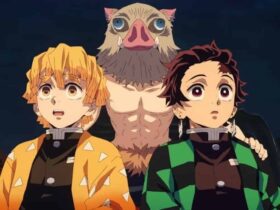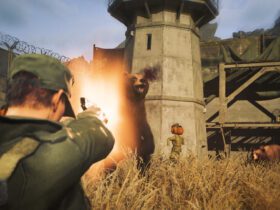NASA’s James Webb Space Telescope has captured a spooky giant space tarantula, where the biggest and hottest stars live.
The Tarantula Nebula, aka 30 Doradus, is actually known as the ‘brightest star-forming place in the galaxies nearest our galaxy,’ according to NASA. It is located 161,000 light-years from our planet in a region called the Large Magellanic Cloud.
Read out below the full story and learn some intriguing facts.
Giant Space Tarantula is Like We’ve Seen Before
According to NASA, the Near-Infrared Camera, aka NIRCam, enabled on the JWST has offered astronomers the opportunity to see the Tarantula Nebula ‘in a new light, including tens of thousands of never-before-seen young stars that were previously veiled in cosmic dust.” Quite impressive!
Just take a look below at the Tarantula Nebula’s intricate way of being:

And that’s not all!
Because of its chemical resemblance to the vast star-forming areas during the cosmic noon – when star birth was at its zenith when the universe was about a billion years old -the Tarantula Nebula has always puzzled astronomers’ research.
NASA stated:
Without Webb’s high-resolution spectra at infrared wavelengths, this episode of star formation in action could not have been revealed.
The Tarantula Nebula is the perfect representation of what happened in the cosmos at high noon. How’s that possible?
As per astronomers’ findings, star-forming regions in Milky Way don’t develop stars at the same pace and actually possess a different chemical makeup from the Tarantula.
What’s more interesting is that strong winds from the stars are somehow resisted by the nebula’s densest surrounded regions, creating pillars that appear to point back toward the cluster and retain developing protostars.
And those protostars break out of their ‘dusty cocoons’ and assist in forming the nebula. The universe is quite spectacular, isn’t it?
The JWST is definitely the best so far. It’s actually bigger than Hubble and can observe far-off galaxies, offering astronomers’ a sneak peek into the early star formation!












Leave a Reply